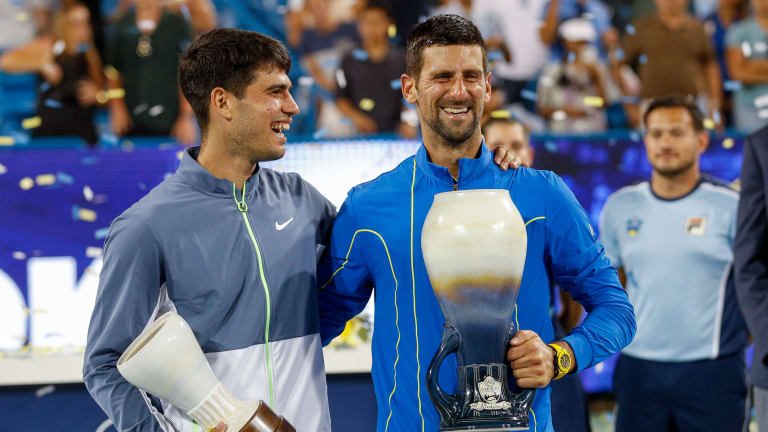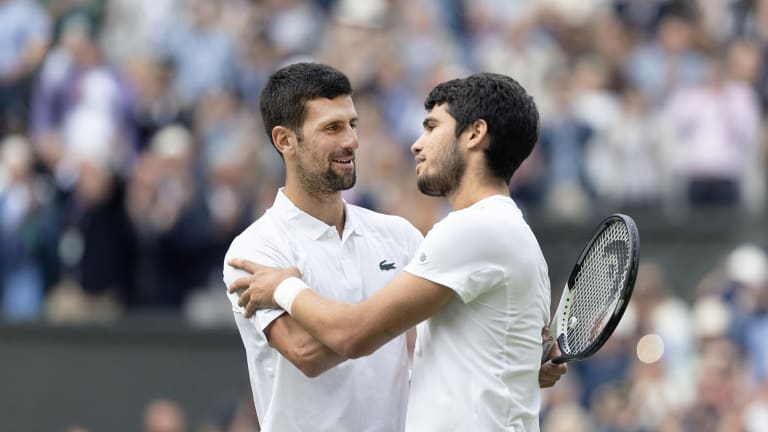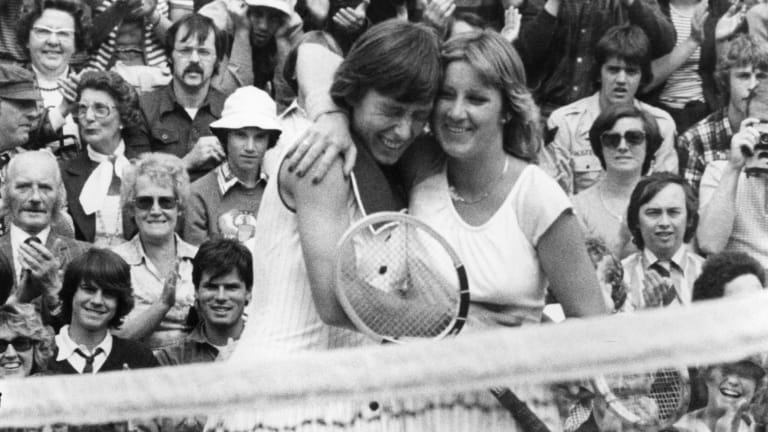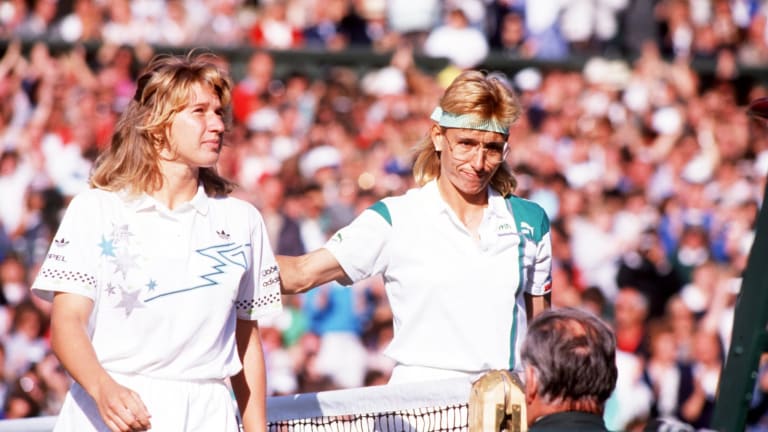What are the chances Novak Djokovic and Carlos Alcaraz duel at the US Open?
By Aug 26, 2023Eric Butorac will replace Stacey Allaster as US Open tournament director
By Nov 17, 2025Beyond The Champions: 2025 US Open Winners and Losers
By Sep 10, 2025In US Open defeat, Jannik Sinner faces his shortcomings
By Sep 09, 2025Amanda Anisimova's US Open fortnight wasn't just "incredible"—it was redemptive
By Sep 09, 2025Overcoming Doubt, Finding Deliverance: Six WTA takeaways from the 2025 US Open
By Sep 08, 2025Service and a smile: How Carlos Alcaraz conquered Jannik Sinner at the 2025 US Open
By Sep 08, 2025Carlos Alcaraz captures sixth Slam and second US Open title, dethrones No. 1 Jannik Sinner
By Sep 07, 2025Alcaraz vs. Sinner US Open final start delayed by 30 minutes
By Sep 07, 2025Blinding Lights: Amanda Anisimova rues missed opportunities, serve woes after US Open final
By Sep 07, 2025What are the chances Novak Djokovic and Carlos Alcaraz duel at the US Open?
We look at what the history of past tennis rivalries involving a Wimbledon classic tells us.
Published Aug 26, 2023
Advertising

Everyone, including runner-up Alcaraz and champion Djokovic, couldn't help but smile after the two produced a Cincinnati final that will be talked about for years to come.
© Icon Sportswire via Getty Images
Advertising

Djokovic was handed his first Centre Court defeat in just over 10 years when he was edged out by Alcaraz in July.
© 2023 Tim Clayton
Advertising

Evert bounced back from dropping the 1978 Wimbledon final to Navratilova by triumphing at the US Open.
© Getty Images
Advertising

This look from the 1980 Wimbledon trophy presentation was reversed when it came to capturing the moment at the US Open final several weeks later.
© Getty Images
Advertising

After beating Navratilova at 1988 Wimbledon, Graf went on to claim a calendar-year Golden Slam.
© Getty Images
Advertising

After seeing his five-year reign at SW19 ended by Nadal, Federer completed a five-peat in Queens.
© 2008 Getty Images